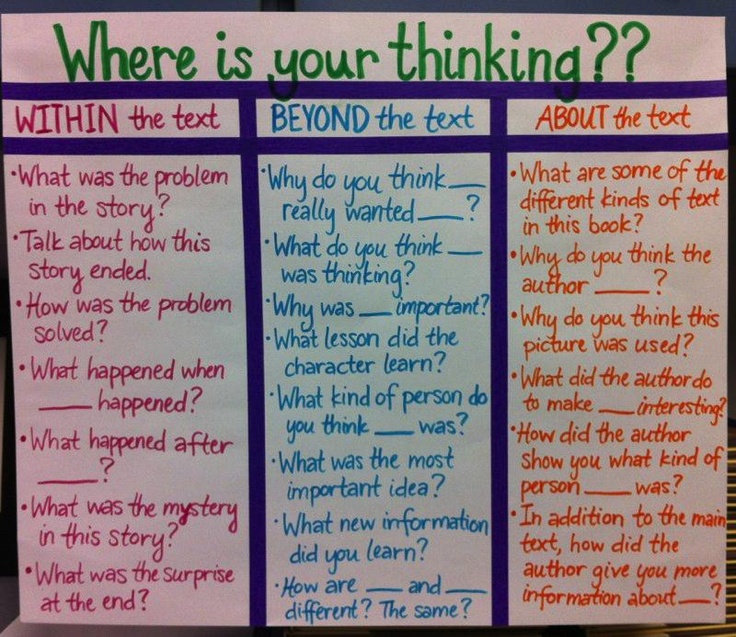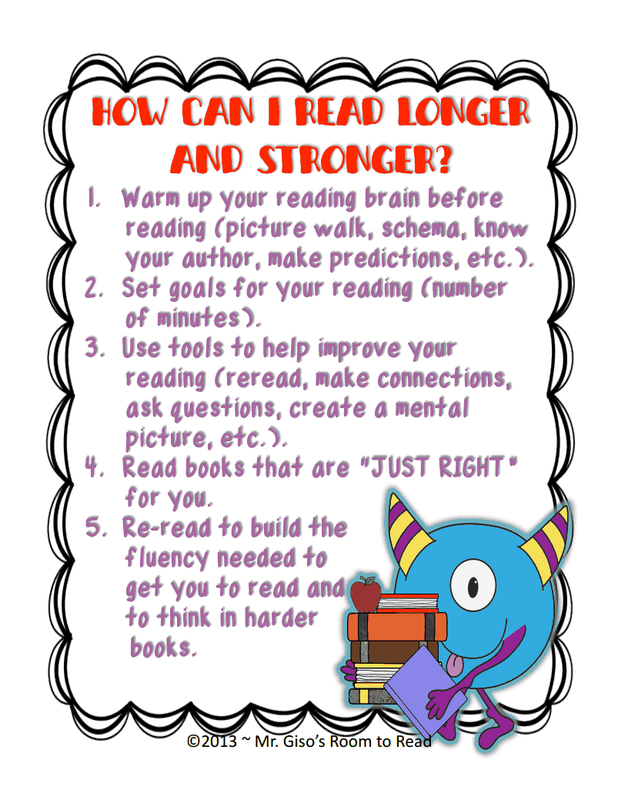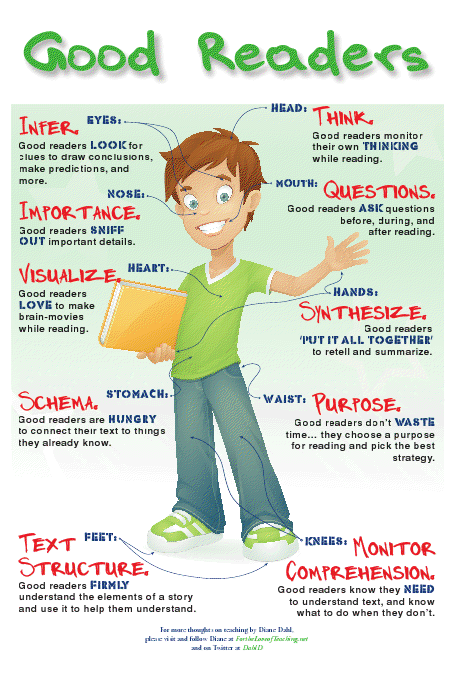Common Core Reading StandardsThe standards establish a “staircase” of increasing complexity in what students must be able to read so that all students are ready for the demands of college- and career-level reading no later than the end of high school.
The standards also require the progressive development of reading comprehension so that students advancing through the grades are able to gain more from whatever they read. The Standards set requirements not only for English language arts (ELA) but also for literacy in history/social studies, science, and technical subjects. |




